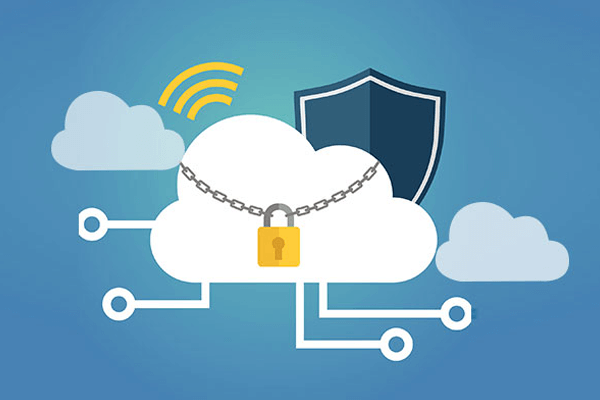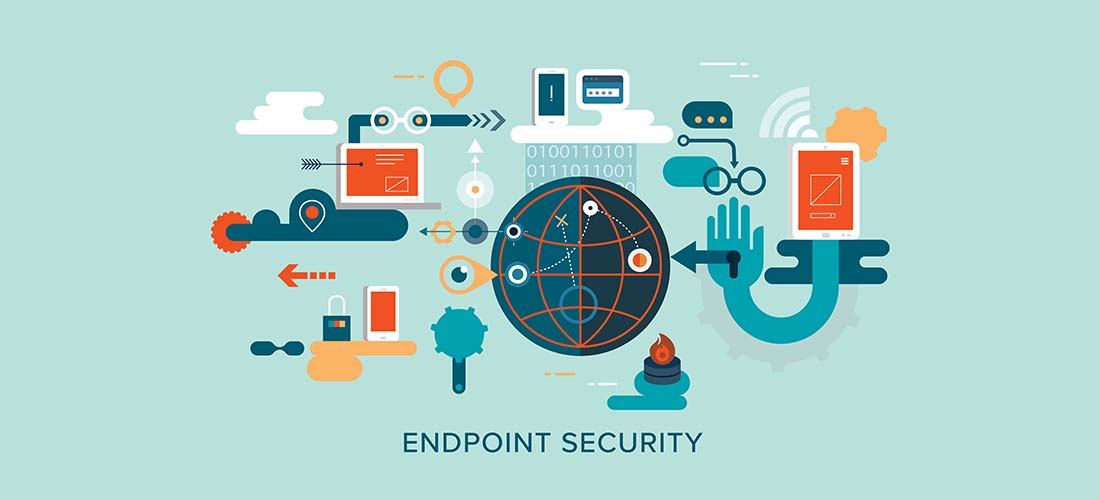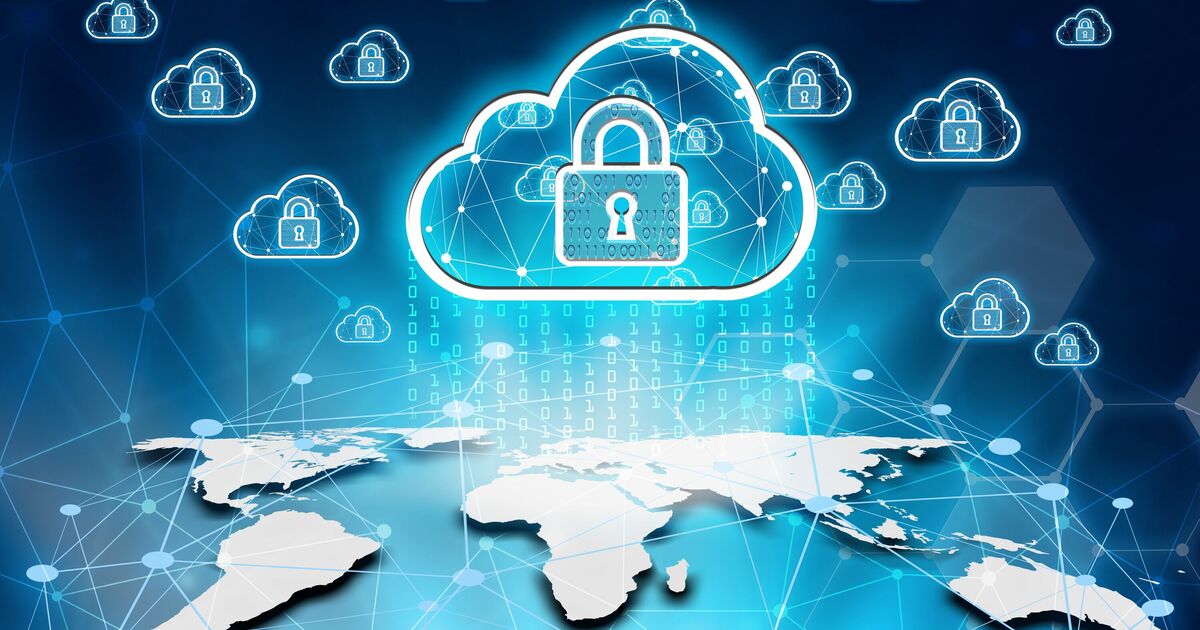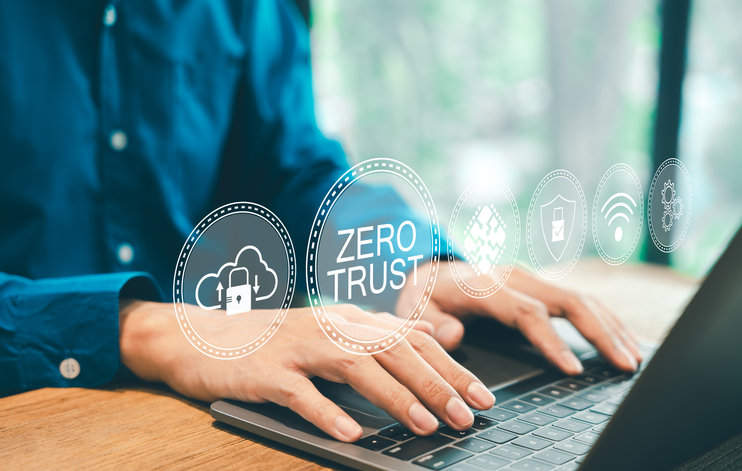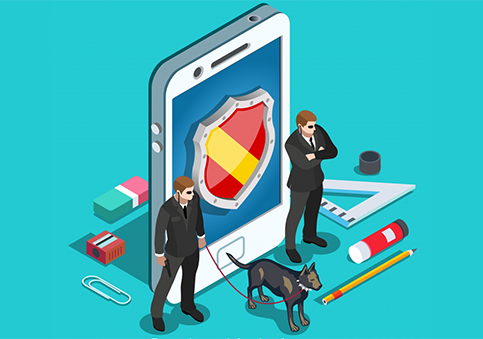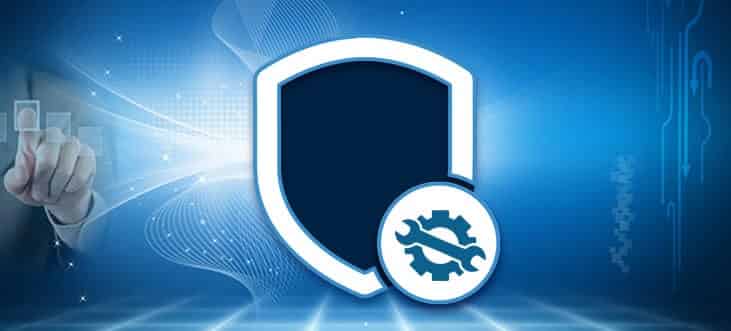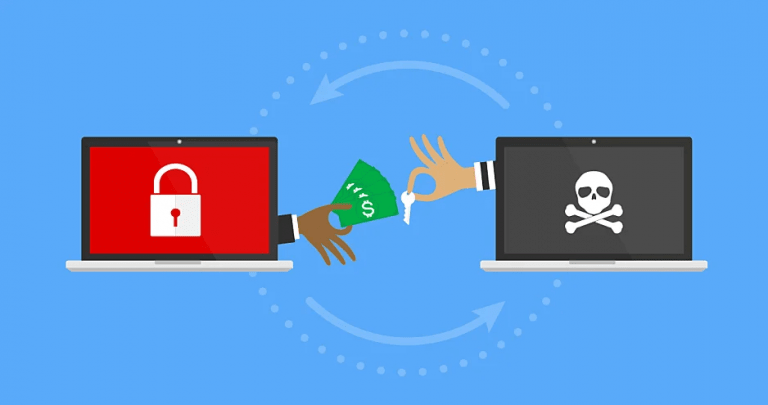The Key Differences Between Next-Gen Endpoint Protection vs Traditional Endpoint Protection
Updated on November 29, 2022, by Xcitium

Gone are the days of using traditional endpoint protection to safeguard data. Basic antivirus software has been sorely inadequate for a very long time, doesn’t cut it anymore, as hackers became more stealthy, more strategic, and are more creative and dangerous than ever.
If cyber-attacks are evolving, why isn’t your cybersecurity evolving as well?
Next-generation endpoint protection (NGEP) does that and more by focusing on constant improvements and strengthening of your security posture to deal with modern cyber-attacks.
To compare next-gen and traditional endpoint protection, we outline the differences between them, why you should incorporate next-gen endpoint protection, and show how it can help your company fortify against the future of cyber-attacks.
What Is Next-Gen Endpoint Protection?
A comprehensive definition isn’t possible yet because new solutions and practices are constantly evolving and being added to NGEP. The basic definition of it is endpoint protection that consists of modern cybersecurity solutions for dealing with modern cyber-attacks.
Traditional endpoint protection solutions are painfully slow to evolve, rendering them obsolete to newer forms of cyber-attacks. Staying up to date with modern cyber-attacks, especially ransomware, is crucial to protecting your company. In 2021, 53% of organizations suffered a ransomware attack, with roughly 23% falling prey to more than one attack.
Furthermore, there are several other key differences between next-gen and traditional endpoint protection that prove why legacy endpoint protection is not as effective as next-gen endpoint protection.
What Are the Differences Between Next-Generation Endpoint Security and Traditional Endpoint Security?
The differences between these two forms of protection are numerous and significant.
Legacy Endpoint Protection
- Centralized control is not offered for important updates and security settings.
- Scans only for malware based on what it knows about Known signatures and hashes from its database.
- Scans only certain aspects of a device, like data and procedures.
- Provides little to no protection against modern day cyber-attacks.
- Scans for Unknown malware using the heuristics method — which uses probability-based guesswork substantiated with behavioral analysis of malware types to create a risk response to it.
- When making updates to malware definitions, the updates occur routinely and consistently.
- The delay between creating new malware definitions and the respective updates, increases the likelihood of attacks
Next-Generation Endpoint Security
- Administrators have complete control over endpoints and can establish user policies as well as prevent users from changing them.
- Ability to modify important endpoint security settings as needed.
- Scans instantly to identify and handle both Known and Unknown malware continuously.
- Updates new malware definitions instantly with no delay.
- Examines every aspect of the device, including files, emails, procedures, etc.
- Constantly monitors and defends against threats relevant to user and device activity.
- Predicts and stops known variants of malware.
- Offers partial and full restoration of data to a healthy state.
Next-gen endpoint protection is not simply an evolved form of antivirus or anti-malware. It surpasses traditional endpoint protection by using up-to-date solutions for threats and cyber-attacks.
Why Is Traditional Endpoint Protection No Longer Effective?
Cybersecurity is meant to protect your company and data from various types of cyber-attacks through preventative solutions. Traditional cybersecurity is failing to achieve its core intention since it simply cannot adapt the way next-gen endpoint protection can.
A prime example of this is antivirus software with legacy endpoint protection compared to next-gen endpoint protection. Antivirus software uses signature-based detection for viruses that haven’t been improved upon for a very long time. On the other hand, next-generation endpoint security consists of capabilities like cloud software and automated forensic collections to stay up to date with both old and new cyber-attacks.
Approximately 44% of respondents noted that their company is investing in endpoint protection solutions, according to the CS Hub Mid-Year Market Report 2022. They’re not just investing in endpoint protection. They’re investing in the services of next-gen endpoint protection.
Switching to Next-Generation Endpoint Protection
As long as companies continue to use outdated legacy endpoint protection, there will be a stream of modern cyber-attacks to overpower them. Switching to next-gen endpoint protection isn’t a trend, it’s the necessary future of endpoint protection.
Xcitium’s endpoint protection tools equip your organization with the most up-to-date cybersecurity solutions for modern cyber-attacks and go the extra distance on your behalf with Xcitium ZeroDwell Containment and instantaneous isolation of Unknowns.
Interested in learning more about how Xcitium products protect enterprise organizations like yours?
Schedule a free demo to see how we can enhance your cybersecurity stack.

